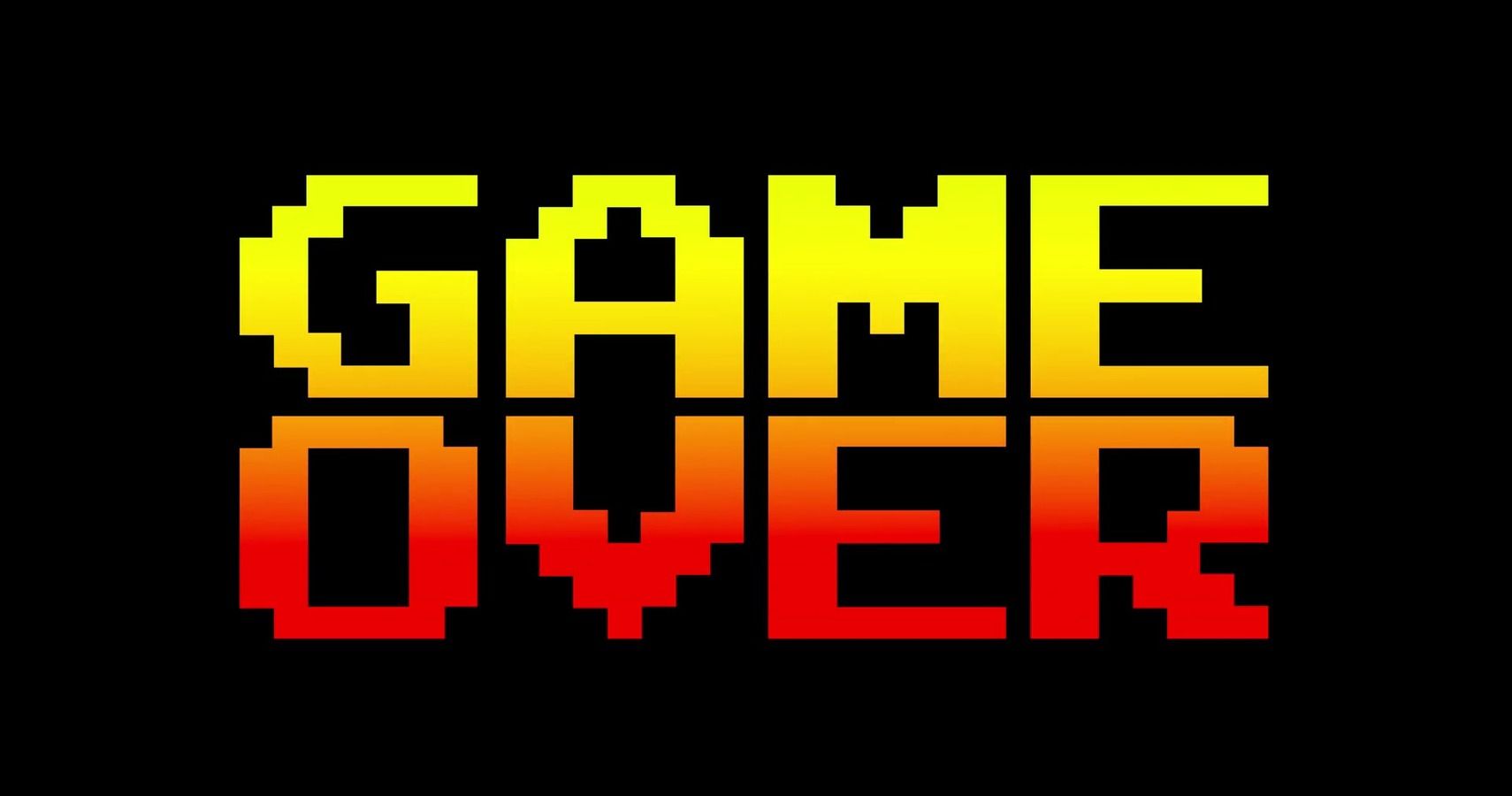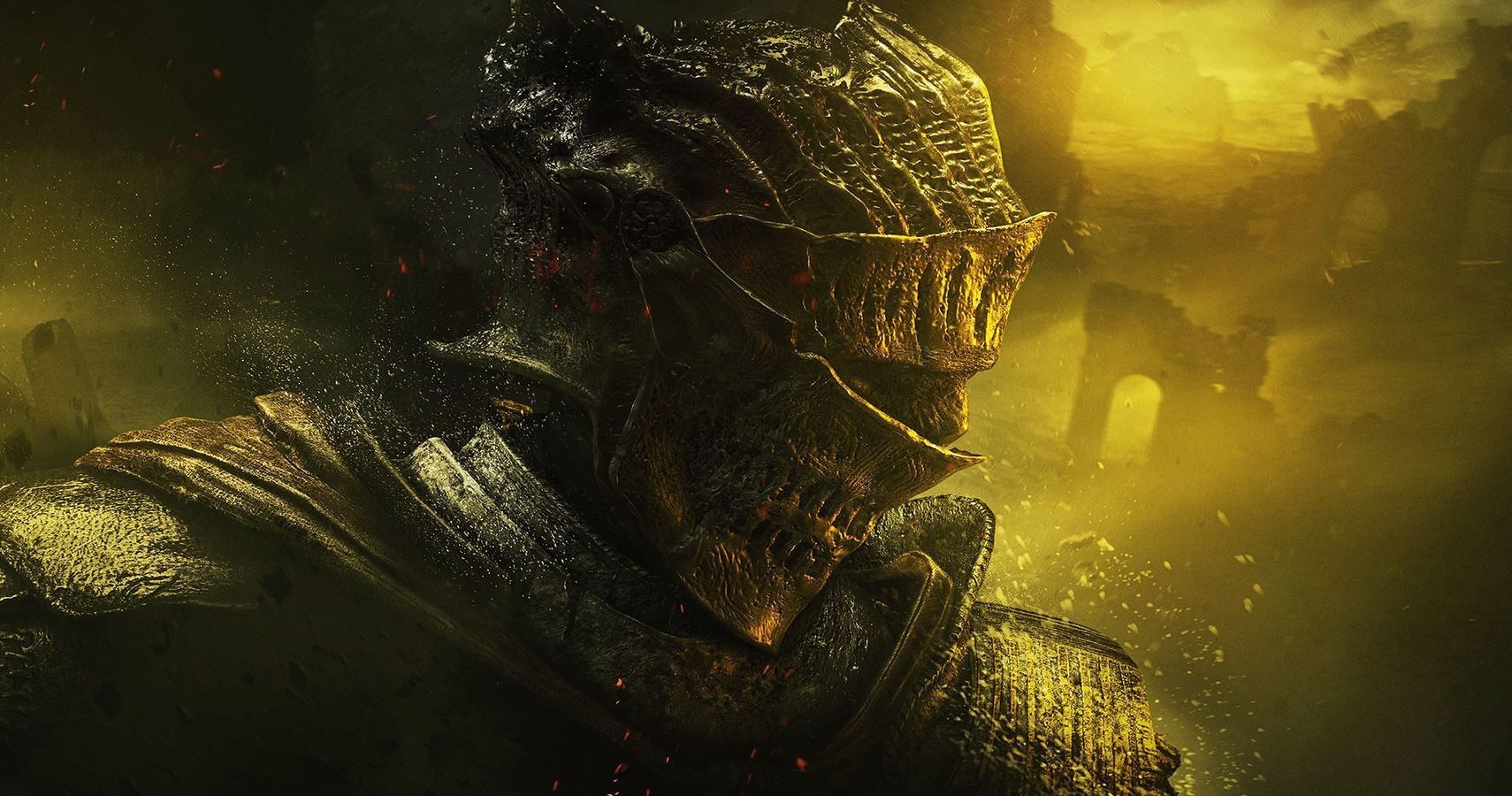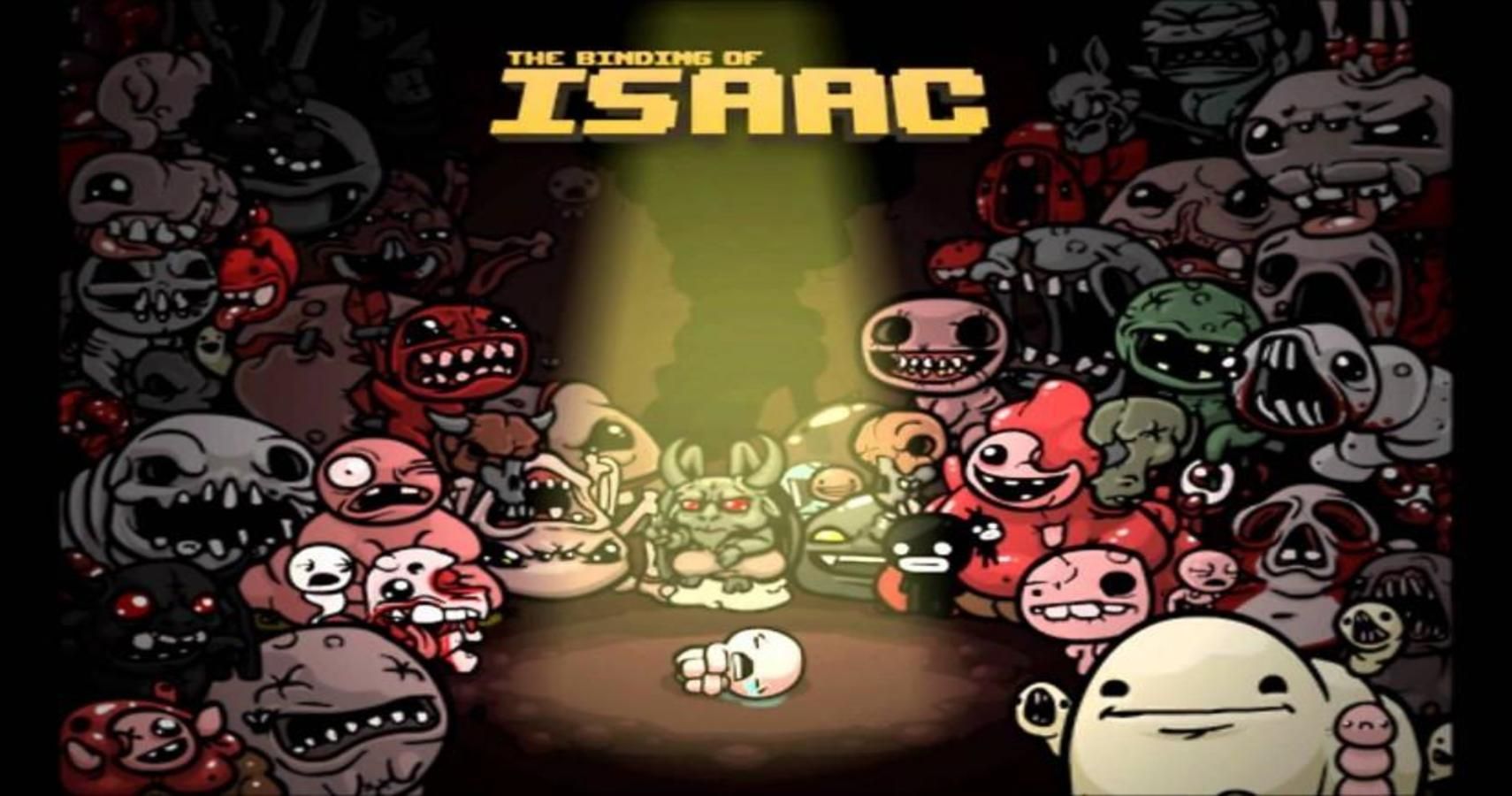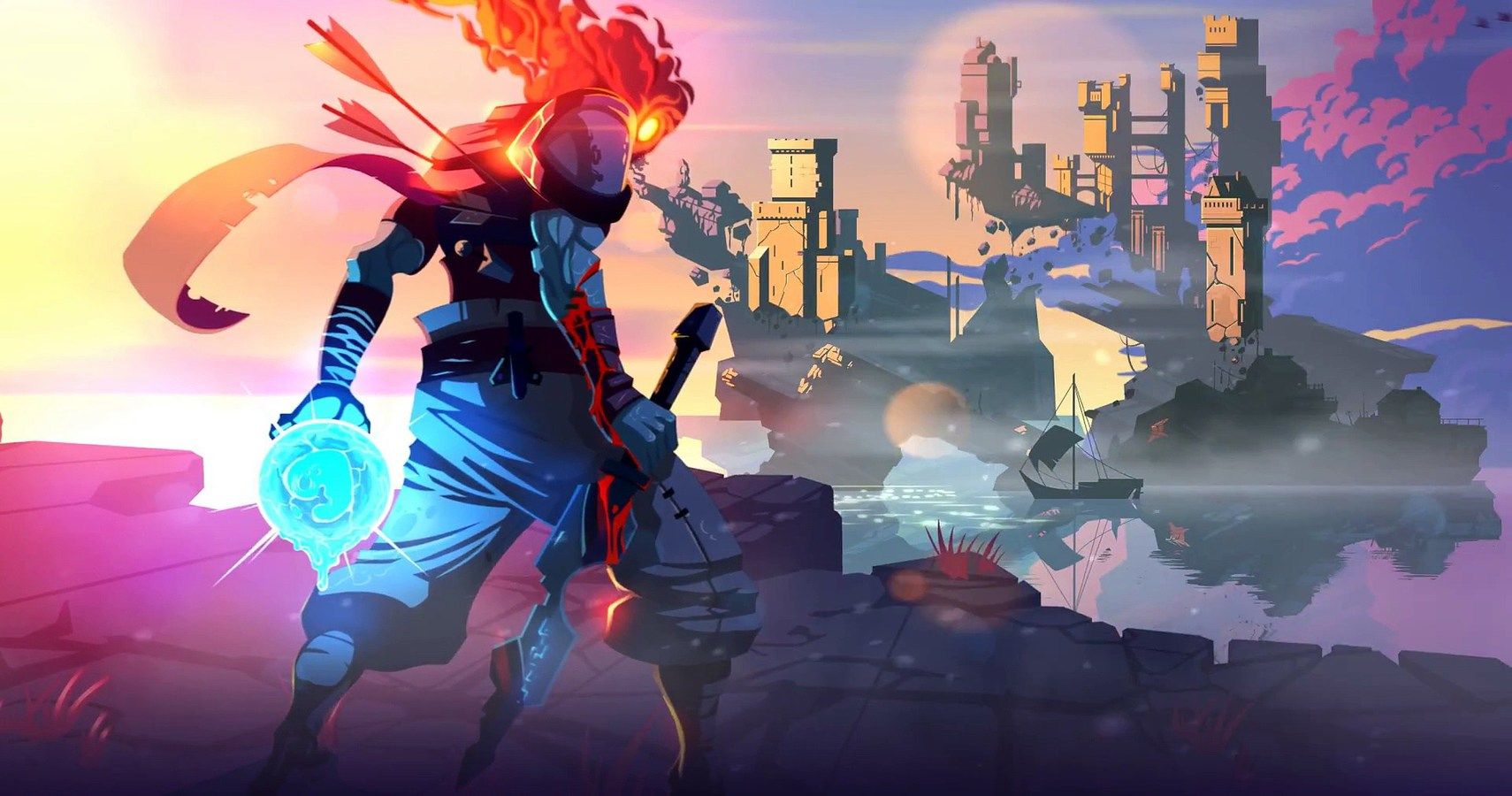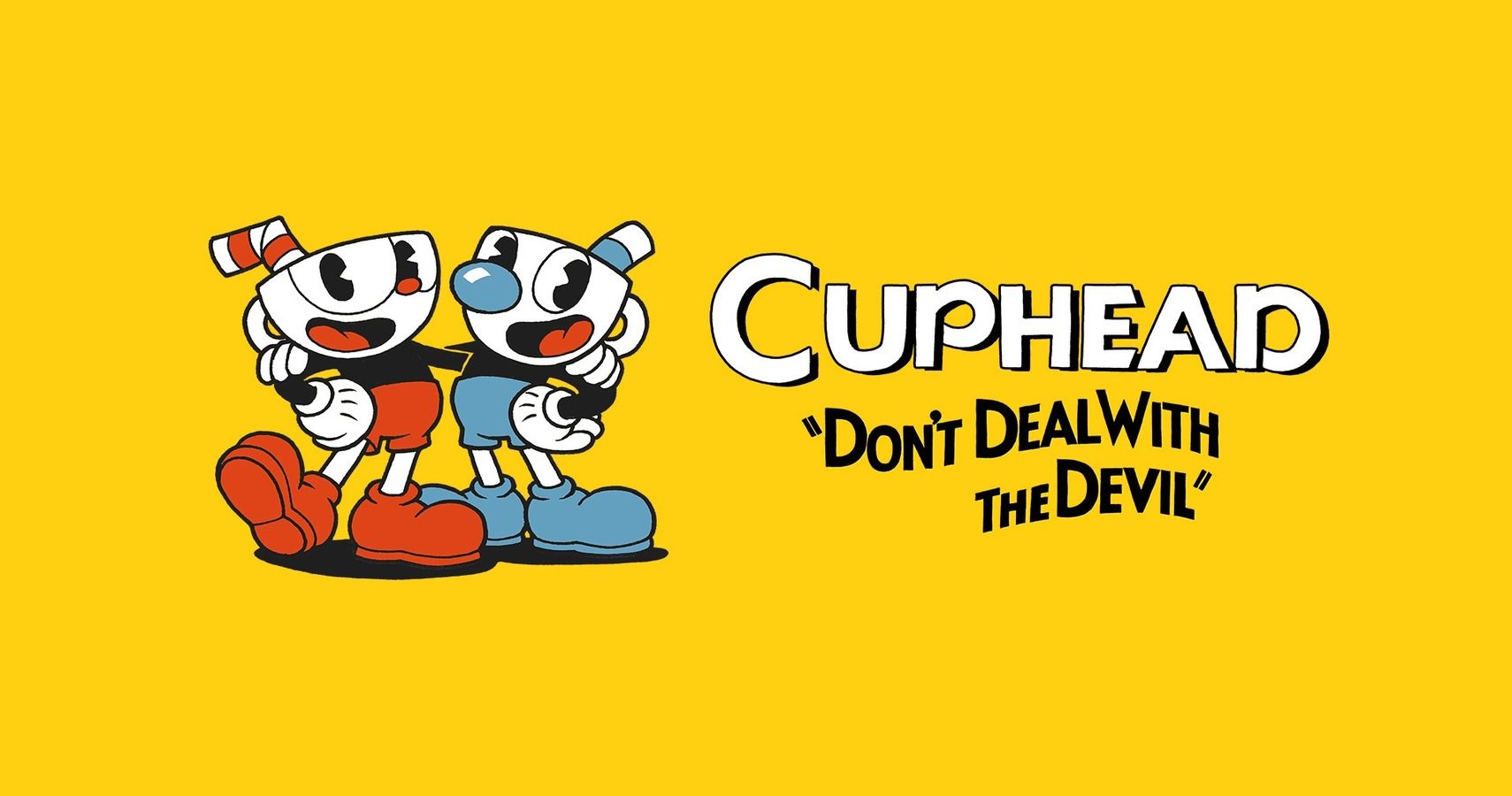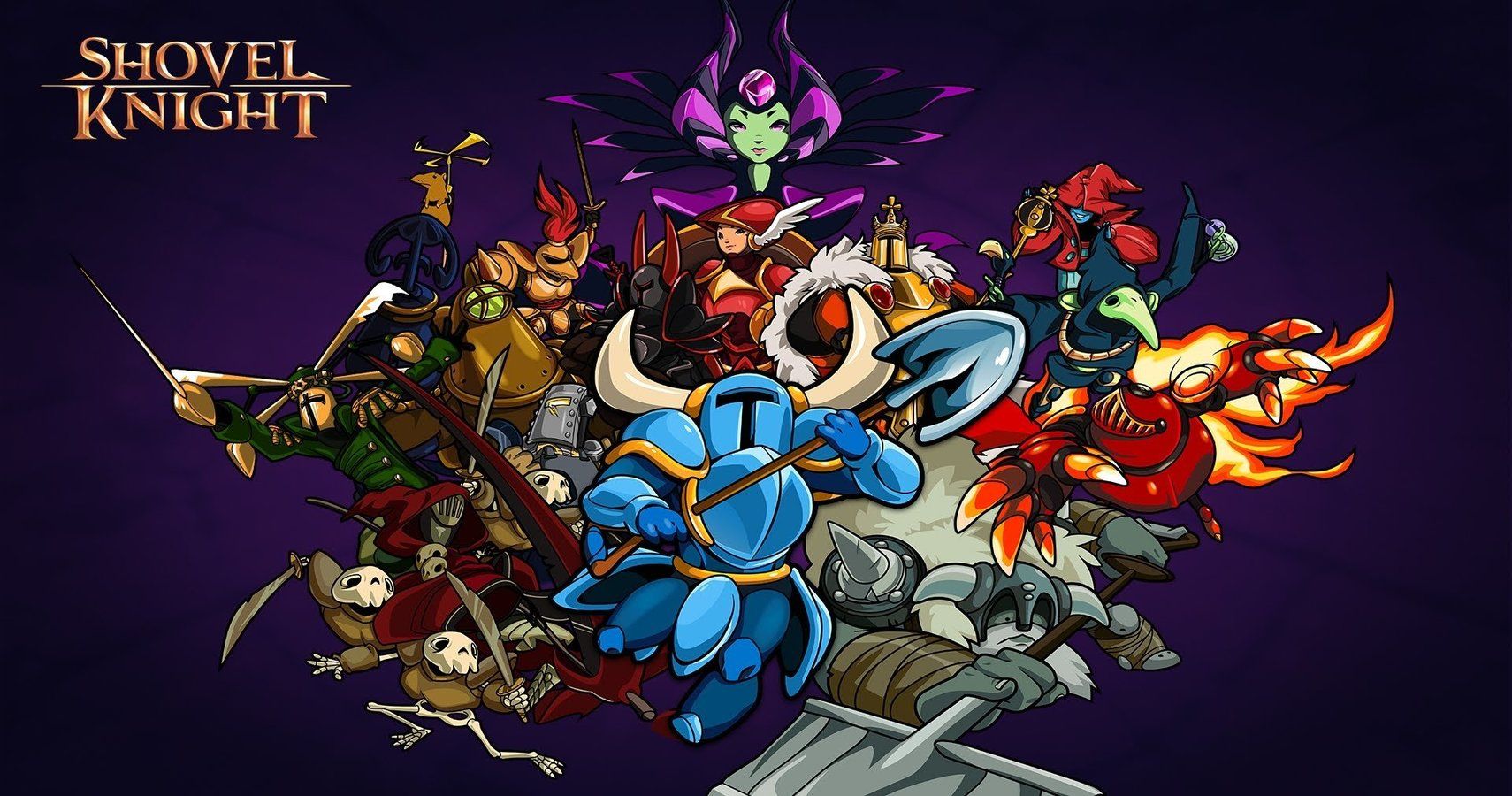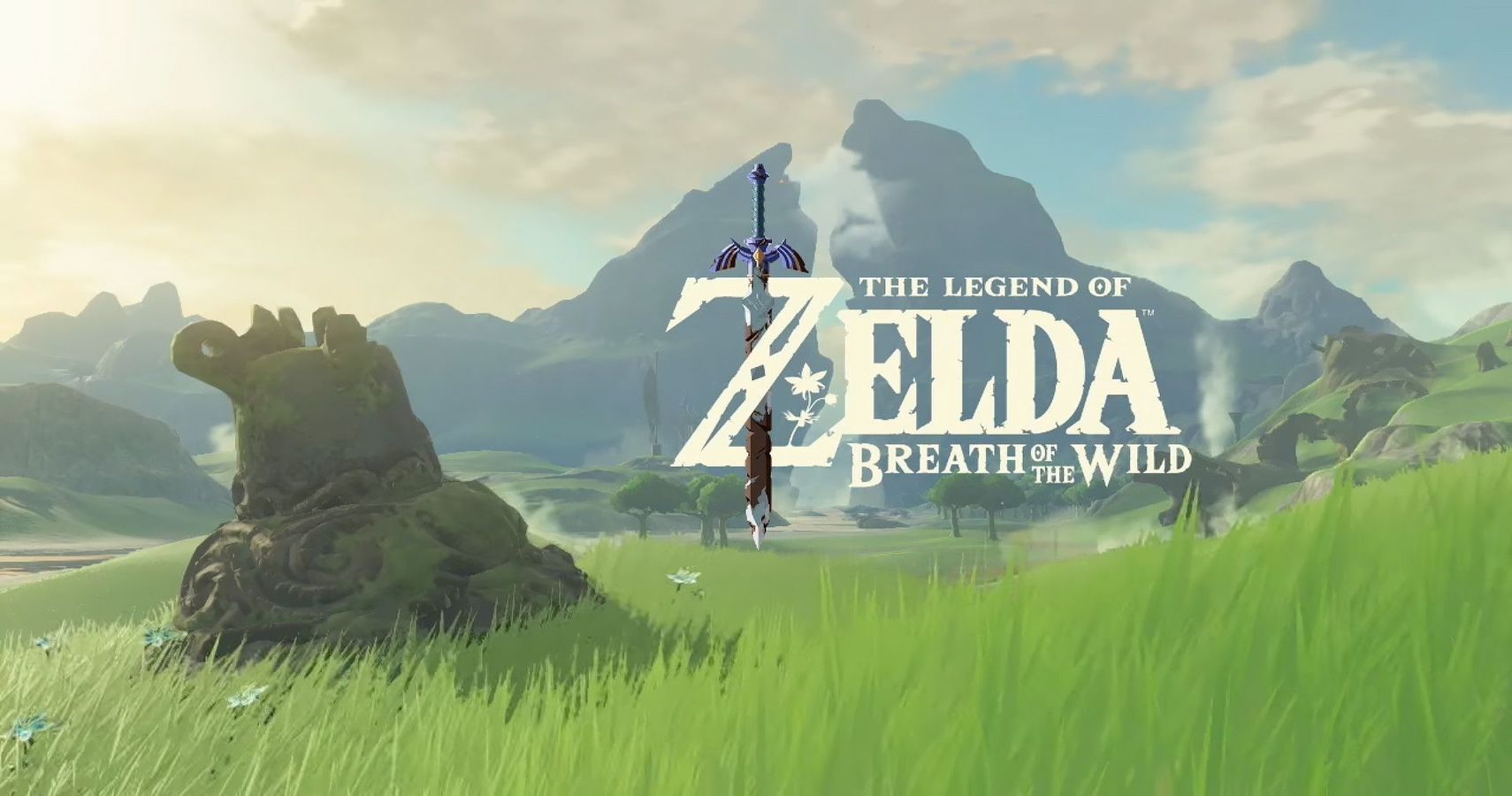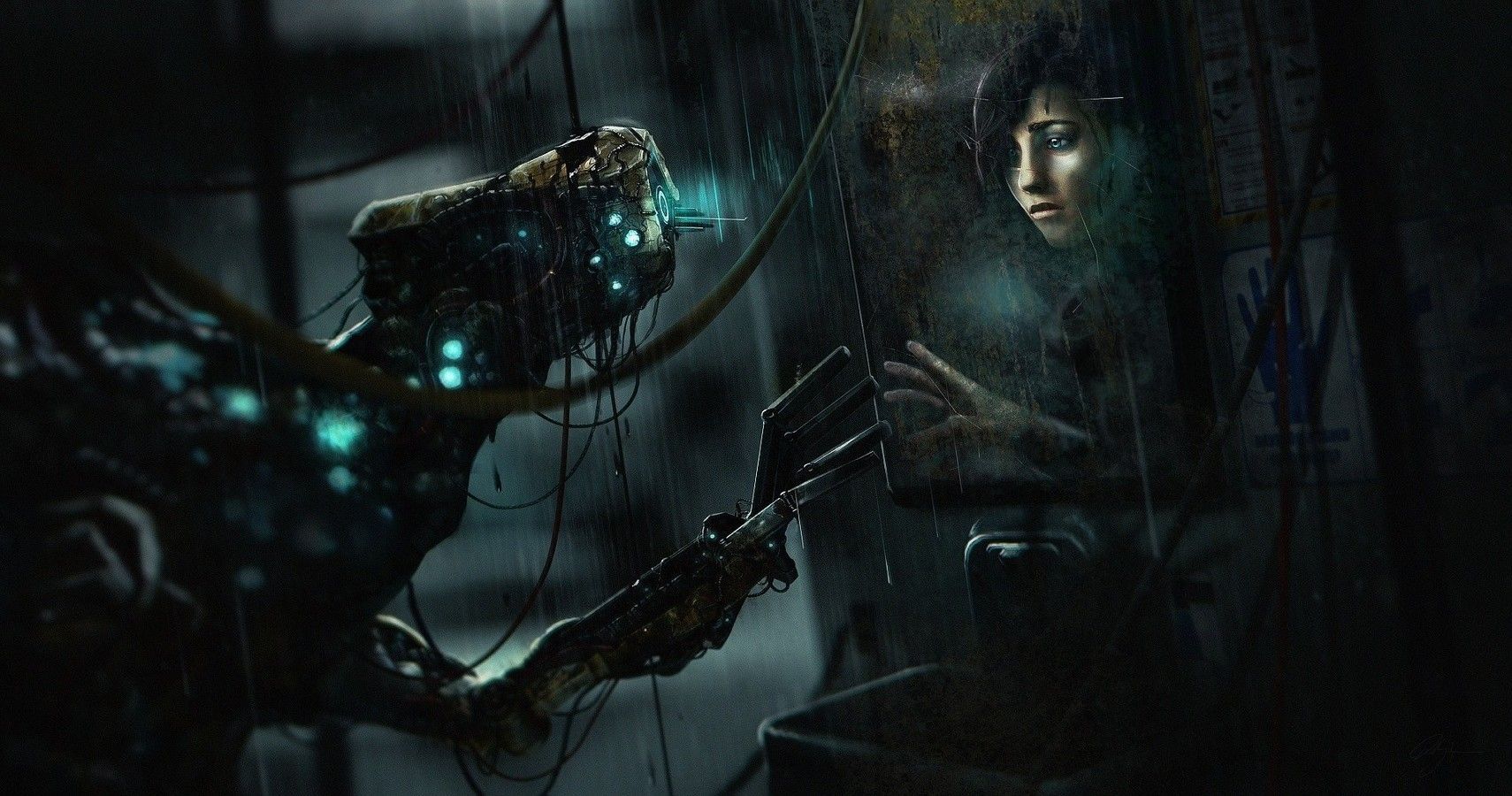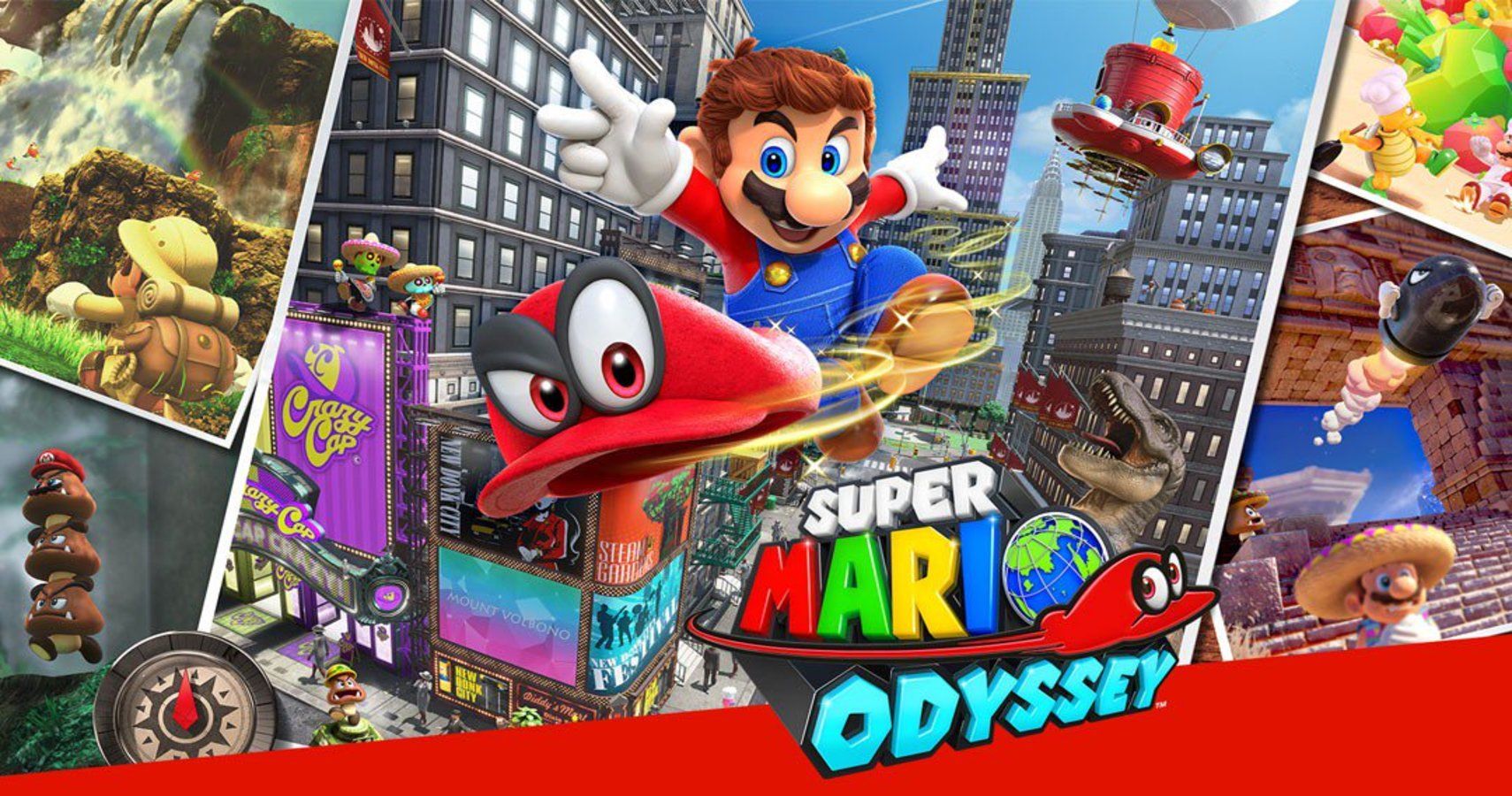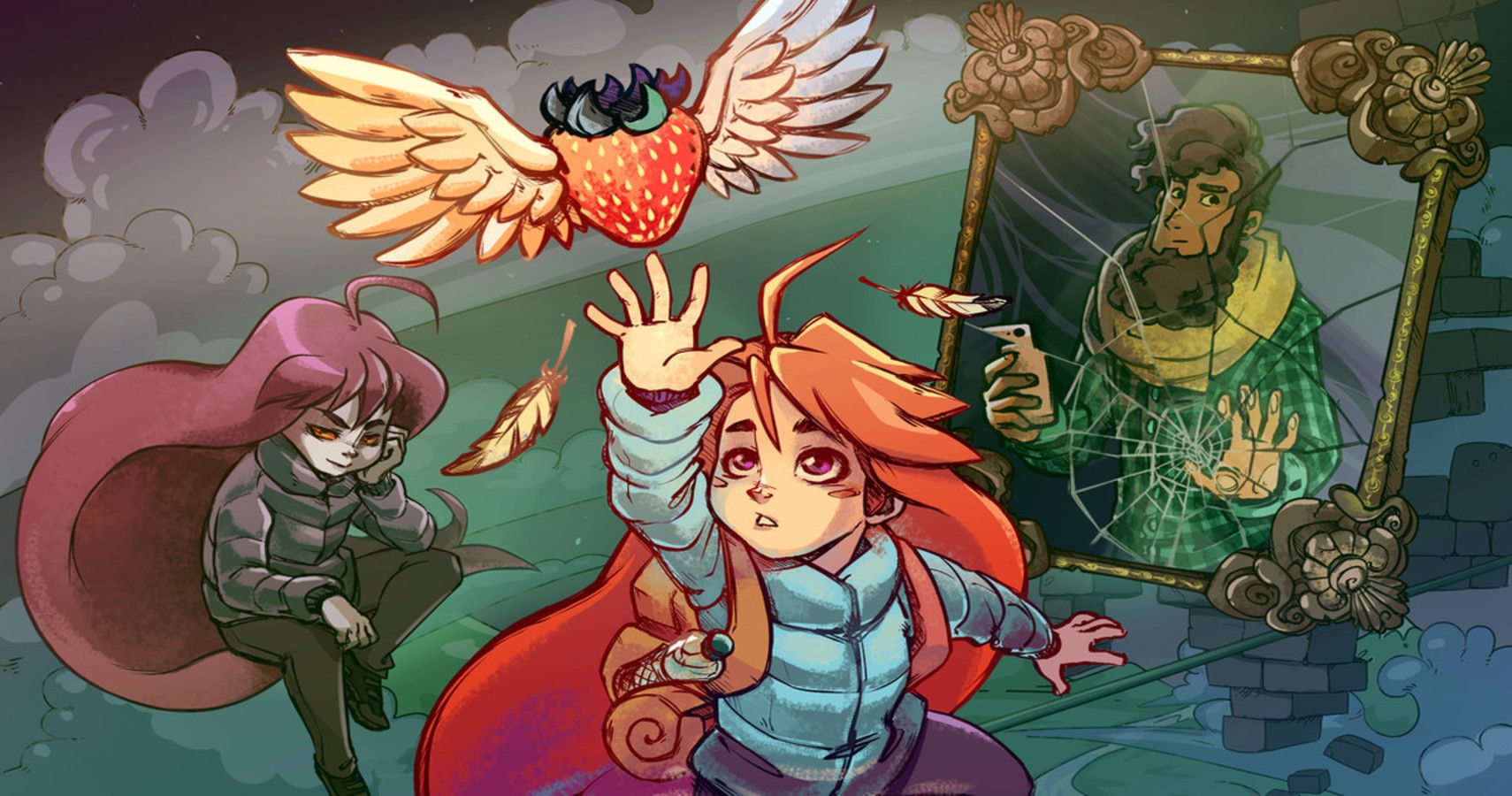There are four main ways to approach difficulty in video games. For starters, they can make the game unapologetically hard and force players to muddle through it. Secondly, they can introduce a range of difficult levels that may not speak to every player (and often serve to embarrass your fans or hurt their pride). Third, they can make the games unapologetically difficult but engaging enough that they wish to persevere on their own terms. And lastly, they can provide inventive and clever ways to alter difficulty and make the games accessible to everyone. The first two ways are stupid and make for bad games and toxic "git gud" mindsets from the gaming community. So, instead, let’s take a look at points three and four! Here are 10 difficult games that are fun to play, either because they’re difficult but fun, or fun in spite of being potentially difficult.
10 10. Dark Souls
Dark Souls is bloody hard. It kills you often and will steal your progress, causing a lot of hair-pulling and wasted time. So, why is it fun? Three reasons: its fairness, its tone/themes, and its design. Dark Souls may be tough, but it wants you to succeed. It invites and encourages you to persevere. Every time you fail, it’s on your terms. The game never hands you more than you can handle; each boss can be overcome with the right strategy — often regardless of equipment or power level. There is not sneaky AI or level design that scales the game’s difficulty against you.
Beyond that, the game is about surviving in the face of depression, forging onwards when everything seems bleak. To that end, the game succeeds. It’s also fun. Boss fights are larger-than-life beasts and engaging humanoid creatures that provide so much visual pleasure and engagement that you really don’t mind smashing your head against them a few times until you figure out the strategy that works for you.
RELATED: Dark Souls Trilogy Collection Coming To PS4 And Xbox One
9 9. The Binding Of Isaac
The roguelike to beat all roguelikes, Isaac is hard because a single death from any point in the game sends you back to the start, empty-handed. This means that time and energy is being wasted. Except it isn’t... not really.
Like Dark Souls, Isaac is about strategy and the player gaining insight and the skills to beat the system rather than just relying on leveling-up your character. The game is also super quick. The rooms, levels, and areas, are speedy to get through; items and power-ups come at you quick, and bosses can be overcome in seconds. This is why Isaac succeeds where other roguelikes fail; it’s quick to get back to where you were, and when you do, you’re wiser and savvier for having lost.
Isaac proves the old adage of "fool me twice, shame on me." Players won’t let Isaac fool them twice...
8 8. Dead Cells
Unlike The Binding of Isaac, Dead Cells is far slower to progress through. Dying undeniably feels like more of a hindrance and a bit more of a slog to regain that lost progress. However, while Isaac is simple in its design, Dead Cells provides so much aesthetic and tonal engagement from the player that replaying areas is a joyous experience.
The character animation, enemy design, and the atmosphere of its worlds are absolutely dripping with style and variety. While it may take longer to get through a level, those levels are stunning. This, plus the random generation of level layouts and enemy placement, makes for a far less repetitive act of repetition. Permanent unlocks also help an awful lot.
RELATED: UPDATE: IGN Takes Down Dead Cells Review Over Plagiarism Accusation From Youtuber
7 7. Cuphead
The game which combines the aforementioned design philosophies of Dark Souls and Dead Cells, Cuphead is a punishing game which alleviates that punishment by—like Dark Souls—being a fair game with mechanics and patterns that can be figured out through observation, repetition, and muscle memory. Again, like Dead Cells, Cuphead is a stunningly animated and beautifully designed game with an imaginative enemy and level designs and gorgeous animation.
Designed to perfectly imitate the style and animation of 1930 American cartoons, Cuphead provides so much to look at and admire; its difficulty can simply be almost overlooked. That’s not enough, however. Its real success is always ensuring that bosses can be overcome with observation and attention to detail. Everyone relies on patterns, which can be exploited, and this leads to victory each and every time, provided you’re quick and attentive.
6 6. Shovel Knight
Here’s a game which appears on this list for admirably adding in its own take on difficulty: allowing the player the choice to increase their own difficulty at their own risk in each and every level of the game’s world.
In Shovel Knight, players hit checkpoints which they will respawn at if they die — a standard mechanic for the past 20 years. Here, however, these checkpoints can be hit and permanently destroyed for extra loot. If done, however, that checkpoint is gone for good and players who die will be sent further back in the level, losing more progress.
Death also means losing a little loot every time, and this loot can be regained (a la Dark Souls) by reaching the point where you died and collecting that loot once more. This clever mechanic adds a fantastic risk/reward system for players looking for a little more difficulty in their gaming experience. Shovel Knight imposes a clear rise in difficulty of which players fully understand the stakes.
RELATED: Watch: Shovel Knight Developers React To Finding Their Character In Smash
5 5. Donkey Kong Country: Tropical Freeze (Switch Version)
The version of Tropical Freeze for the Switch added a welcome feature in the form of Funky Mode; an extra difficulty level which provides players with a single extra hit-point (three instead of the standard two) as well as the option to play as Funky Kong. This game is a lesson in how to make gaming accessible without being patronized.
I think I can speak personally for a moment and admit to having struggled through a game’s "normal" difficulty mode until my enjoyment of that game has disappeared completely.
For any fellow gamer who’s done this, it is a failure of the developers. We should not be made to sacrifice fun for personal pride. Nintendo knows this, and so with Funky Mode, they have succeeded in making a difficulty level which adds a little extra help without sacrificing either fun or pride.
The only mistake they made is not allowing the option to scale down the difficulty once the game has started. Still, Nintendo did pretty well here.
4 4. The Legend Of Zelda: Breath Of The Wild
Then Nintendo did even better. Breath of the Wild is a game in which your difficulty level is yours to design for yourself. From the outset, Hyrule is completely open to explore. The world has been designed so cleverly as to be overcome by any player in whatever way they see fit.
If you like, you can run to Hyrule Castle and take on Ganon with a rusted sword and a death wish. Or you can ignore him for 200 hours and conquer the landscape, collecting and building exactly as much gear, weaponry, skills, health, and stamina as you deem necessary. Everything in this game is up to you. Everything is optional. The more you see, do, and complete, the more manageable the game becomes. Not only does your character become stronger, but you as a player become smarter. Impeccable design, Nintendo.
RELATED: Gaming Detail: In Breath Of The Wild, Hestu Has A Special Dance Just For Naked Link
3 3. Soma
Here is a game that isn’t particularly difficult, really. It’s a walking simulator with a few sneaking sections where you must hide from monstrous robot-things that will chase you down and destroy you.
The thing is, it’s not for me or you to say how difficult this game is. For some, these scary sequences might be a complete deal-breaker. And should these impassable sections mean that some players don’t get to enjoy a good game with a fantastic story? The makers of Dark Souls might say yes, but the developers of SOMA have said no, and so they created an option to play through the game with no enemy-caused death whatsoever. This turns the game into a safe walking simulator, inviting players to explore a world drenched in existential sorrow and a bleak atmosphere. Enemies are still there, but they can’t kill you.
2 2. Super Mario Odyssey
Similarly to Celeste (which we’ll get to in a moment), Odyssey provides players with an "Assist Mode" which allows gamers of all ages and ability levels to take on the challenges of this incredible 3D platformer and get all the fun out of it that they deserve to have.
Assist Mode in Odyssey paints arrows on the floor to guide players to collectibles and helps them complete the level and make progress – especially useful to those unfamiliar with platformers or those who are very young. The mode also makes it harder to die from a fall, something which happens frequently in platformers. The mode is optional and not forced on players, but exists for anyone who would like a helping hand when facing the harder moments of the game.
RELATED: Super Mario Odyssey Celebrates Halloween With A Zombified Mario Outfit
1 1. Celeste
Celeste may very well be the first game to do difficulty absolutely right with what the developers call "Assist Mode." In this option, players have the option to do four things: alter the game’s speed (which is incredibly quick) by increments of 10 percent; add an option for infinite stamina; giving player character Madeline an extra air dash or infinite dashes; and making her invincible.
Players are free to tweak and mess around with each of these four options to their heart’s content in-game, until they have created the perfect amount of challenge for their own ability level and play style. This kind of attention to difficulty means that almost no player is left unable to enjoy and complete this incredible game.
Celeste already stands as one of the most well-designed 2D platformers of all time, with an incredible message concerning mental health and a phenomenal chiptune soundtrack. On top of all of this, Celeste also approaches difficulty better than any other video game to date.

